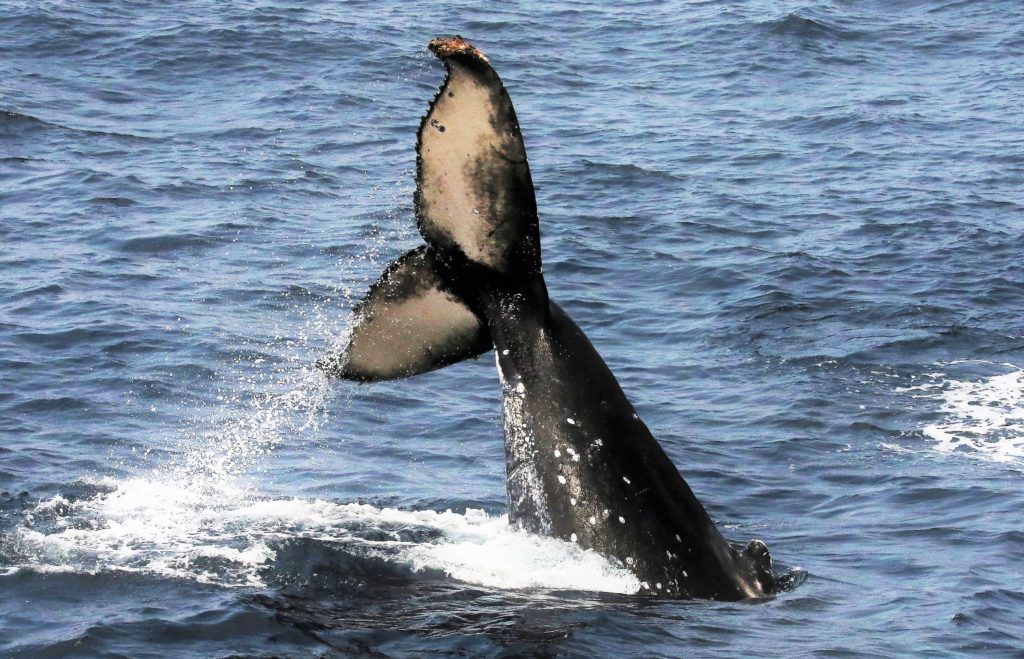On behalf of our coauthors from Creocean and TotalEnergies, Azura is pleased to announce the recent publication of our paper on marine mammals and sea turtles off Angola. The paper is published as Open Access, so anyone can download the pdf and supplementary file using this link. https://www.doi.org/10.1017/S0025315422001084
Citation: Whitt, A.D., A.M. Warde, L. Blair, K.J.P. Deslarzes, and C.-H. Chaineau. 2023. Recent occurrence of marine mammals and sea turtles off Angola and first report of right whales since the whaling era. Journal of the Marine Biological Association of the United Kingdom 103:e9.
Abstract: Marine megafauna occurrence was recorded in the deep-sea region bordering the abyssal plain ∼400 km north-west of Luanda, Angola. The survey took place during an Environmental Baseline Study (EBS), prior to drilling exploration activities, with the goal of characterizing the habitat and biodiversity of the region. Offshore shipboard surveys were conducted during September 2018 in water depths ranging from 2350–3850 m. We recorded daytime sightings of marine mammals and sea turtles and at night made audio recordings using passive acoustic monitoring (PAM) methods focused on capturing the sounds of vocalizing marine mammals. A variety of species were visually detected, including the humpback whale (Megaptera novaeangliae), sperm whale (Physeter macrocephalus), common dolphin (Delphinus spp.), striped dolphin (Stenella coeruleoalba), Atlantic spotted dolphin (S. frontalis), and olive ridley turtle (Lepidochelys olivacea). Acoustic click bouts similar to those made by several odontocete species, possibly including beaked whales, were recorded within the 25–48 kHz range. The humpback whale was the most frequently sighted species, accounting for 56% of mammal sightings, indicating a potential far offshore migratory habitat in this region. Most notably, right whales (probable Eubalaena australis) were visually observed. This is the first confirmed record of right whales in Angolan waters since the early 1900s. As development expands in this offshore region, these data can usefully inform future monitoring and mitigation strategies focused on minimizing impacts to wildlife.


